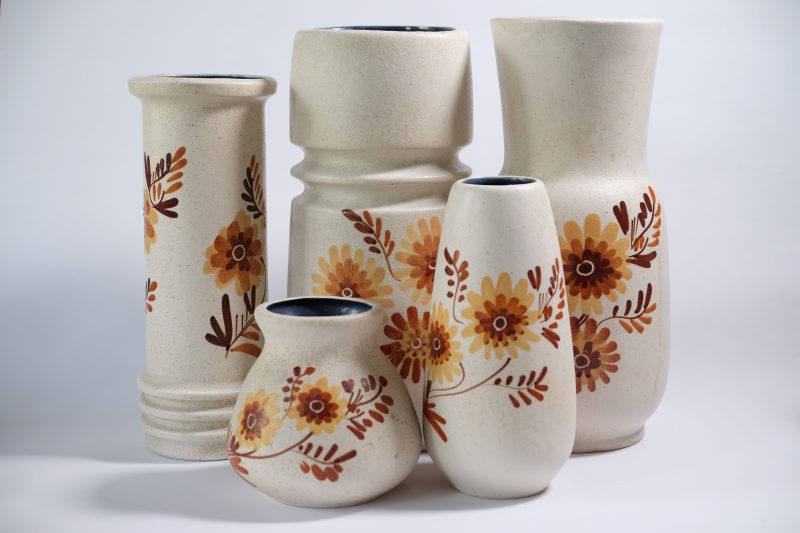The History Of Pottery In Israel
Pottery has played a major and significant role in human civilization for many centuries. It has served as a holding vessel for the storage of food, water, and various other goods.
In Israel in particular, pottery enjoys a rich and even fascinating history that spans millennia. Here, it reflected the technological and cultural advancements of several different civilisations.
In The Beginning
In Israel, it is possible to trace the history of pottery all the way back to the early Neolithic period (around 6000 BC).
During this period, early human settlements began to pop up all over the region. Also, Israel’s inhabitants began experimenting with clay and fire – discovering that clay was malleable and just how transformative fire could be.
They used simple techniques to shape the clay into basic containers, and baked them in fired-up kilns or over open fires.
Refinery Over Time
Over time, the production of pottery in Israel advanced and became much more refined. However, much like games like real money casino pokies and craps, the roots of pottery remained much the same. At the end of the day, the basics are always just what those that came after have built on.
The Chalcolithic period (4500 BC) witnessed the invention of the pottery wheel. This marked an important technological advancement for the time.
Suddenly, pottery craftsman were able to create intricate as well as symmetrical designs. The use of a wheel allowed for the precise shaping of pottery vessels, which soon led to a much broader range of pottery products.
Colourful Expressions
Another interesting addition to the pottery scene came during the Bronze Age (3300-1200 BC). Especially during the Canaanite period of the Bronze Age, pottery became characterized by a mix of brown and red colouring. This was achieved through the process of firing and baking.
Pottery produced during this period was often elaborately decorated with geometric patterns and animal motifs and art.
Today, we recognise this to reflect the cultural and artistic expressions of the time.
Outside Influence
Pottery plays a significant role in our ability to see history through a special kind of lens.
The pottery of ancient Israel allows us to witness the influence of neighbouring civilisations such as the Phoenicians and the Egyptians.
For example, during the Iron Age, (12th to 6th century BC), Israeli pottery included elements from neighbouring cultures while maintaining its own unique elements of style. Pottery made during this period included a wide variety of shapes – including bowls, jars, and amphorae.
These were used for various purposes, including cooking, storage, and even trade.
Jerusalem Invaded
Then came the Babylonian invasion of Jerusalem around 586 BC. This period marked a significant turning point for pottery in ancient Israel. Since many locals were taken into exile, the production of pottery suddenly declined.
Once many of the exiles made their return from Babylon during the 5th century BC, levels of production resumed – but this time with influences from Persia and Greece notably present.

Early Christianity
Once the Byzantine period arrived together with the rise of Christianity, pottery began to reflect Christian symbols. Creations during this time included oil lamps, crosses, chalices, and a variety of other liturgical vessels.
The pottery produced during this era would go on to play a significant role in the practice of early Christianity in Israel.
Everlasting Artworks
Even today, pottery remains an integral part of Israeli craftsmanship. Israel boasts a colourful and truly vibrant contemporary pottery scene.
The country of the Bible continues to serve as a testament to the enduring nature of a very special ancient craft.
